Start-up and shut-down voltage
This chapter should be read with caution and attention as long as it is not purely analog, i.e. DC-controlled fans with 3-pin connection. The PWM control electronics almost always stand in the way of clean voltage regulation and it is also therefore not advisable to regulate PWM fans via voltage. Nevertheless, we also performed this measurement for all models, regardless of whether they are DC or PWM fans, because even strange results say a lot about the control electronics and the use as a DC-controlled fan. or companies like Corsair mix up something in the datasheet…
First, however, we check the maximum speed at 100% PWM to be on the safe side and compare it with the data sheet. The fan manages the specified data almost exactly even after the 24-hour run-in. Of course, there is usually also a smaller series dispersion in play, but not here, This fits so really perfect.
In today’s DC test, we see that the fan only starts up with voltages starting at around 3 volts, while the fan from be quiet! requires at least 3.2 volts. The cutoff voltage is 2.8 volts for both fans, which is also exactly where the 459 rpm is reached for the Corsair fan. But it is a PWM fan and can do much more than the manufacturer has written in the data sheet!
The 84 rpm PWM-controlled from the measurement (see curves below) is an almost sensational value a normal value for such a fan, although not really necessary in practice. DC-controlled, the fan cannot be regulated down that far.
Start-up and shut-down behavior
The following measurement curves once again illustrate the very different behavior. Let’s look at DC control first. A rather mediocre 459 rpm are achieved here, below which the fan comes to a powerless standstill. So DC control is definitely an option for a more pronounced semi-passive mode, but you wouldn’t really need it.
We also see the phenomenal smooth running of the bearings down to 84 rpm very well in the PWM log. The 169 rpm for startup is also excellent.
Power consumption
This value is amazingly low and truly exemplary. Consider that 5 fans alone (without RGB) would not consume 8 watts together. This is absolutely no problem, even for the motherboard and cables. From this point of view, the DC control is a clever alternative, but it is not advertised in this way.















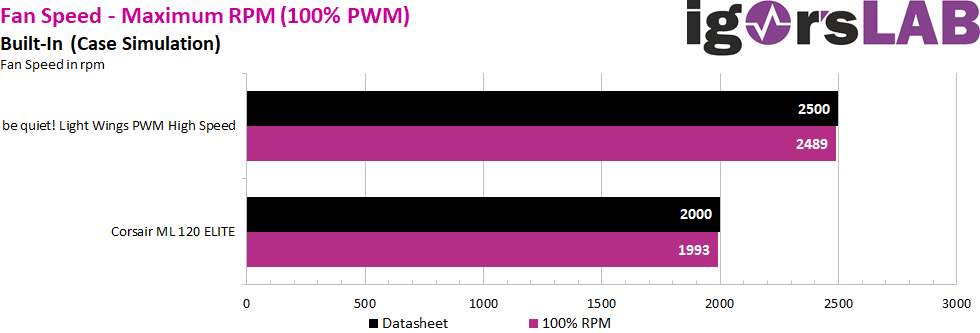
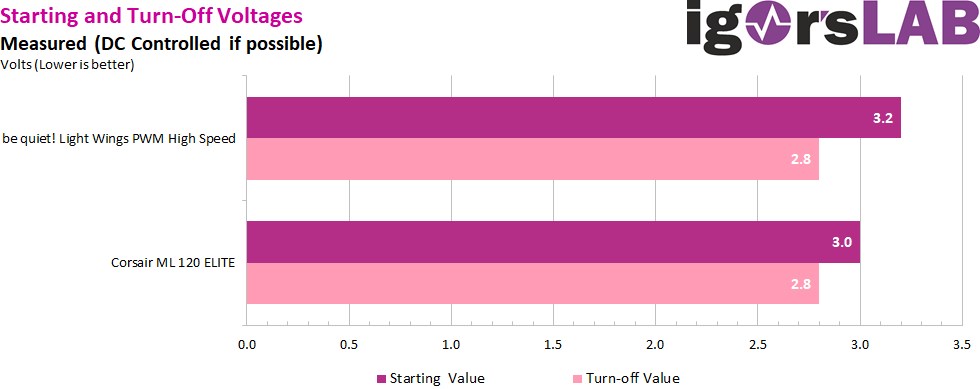
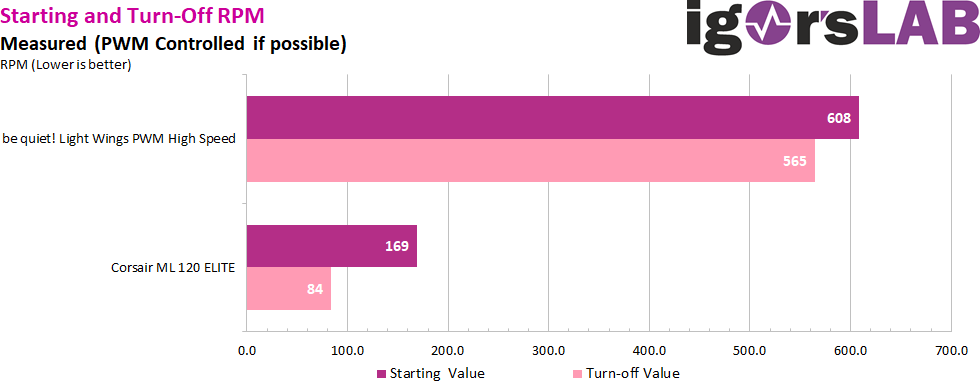
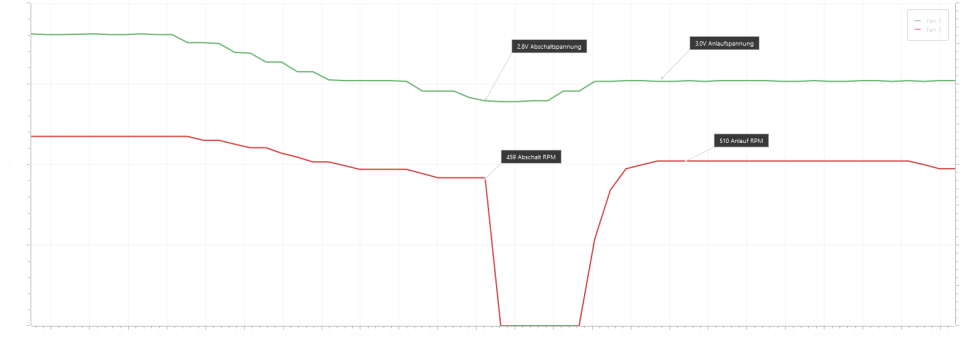
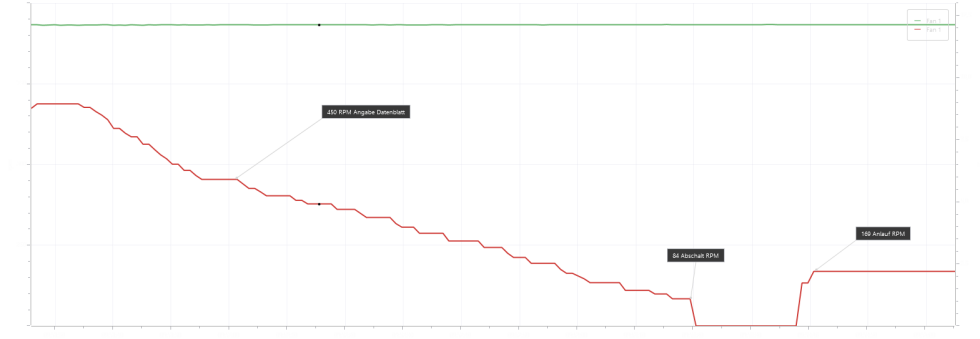
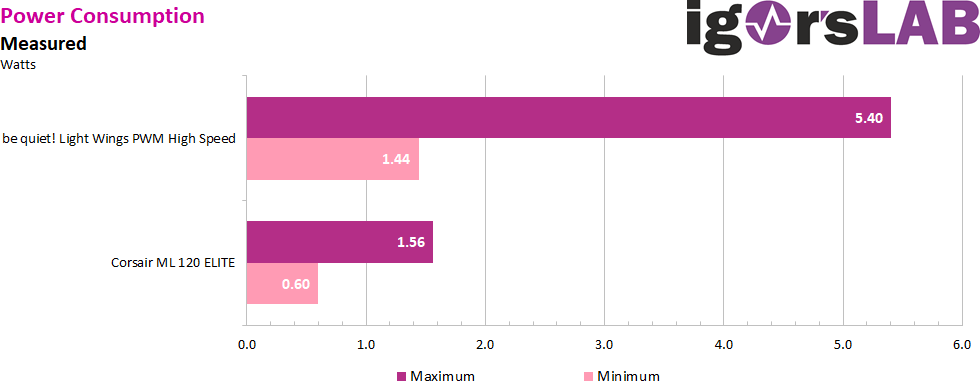


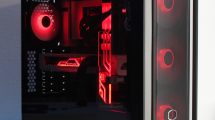
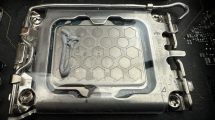
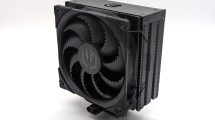













18 Antworten
Kommentar
Lade neue Kommentare
Moderator
Veteran
1
Urgestein
Urgestein
Urgestein
1
Urgestein
Urgestein
Urgestein
Urgestein
Urgestein
Urgestein
Urgestein
Urgestein
Urgestein
Mitglied
Urgestein
Alle Kommentare lesen unter igor´sLAB Community →